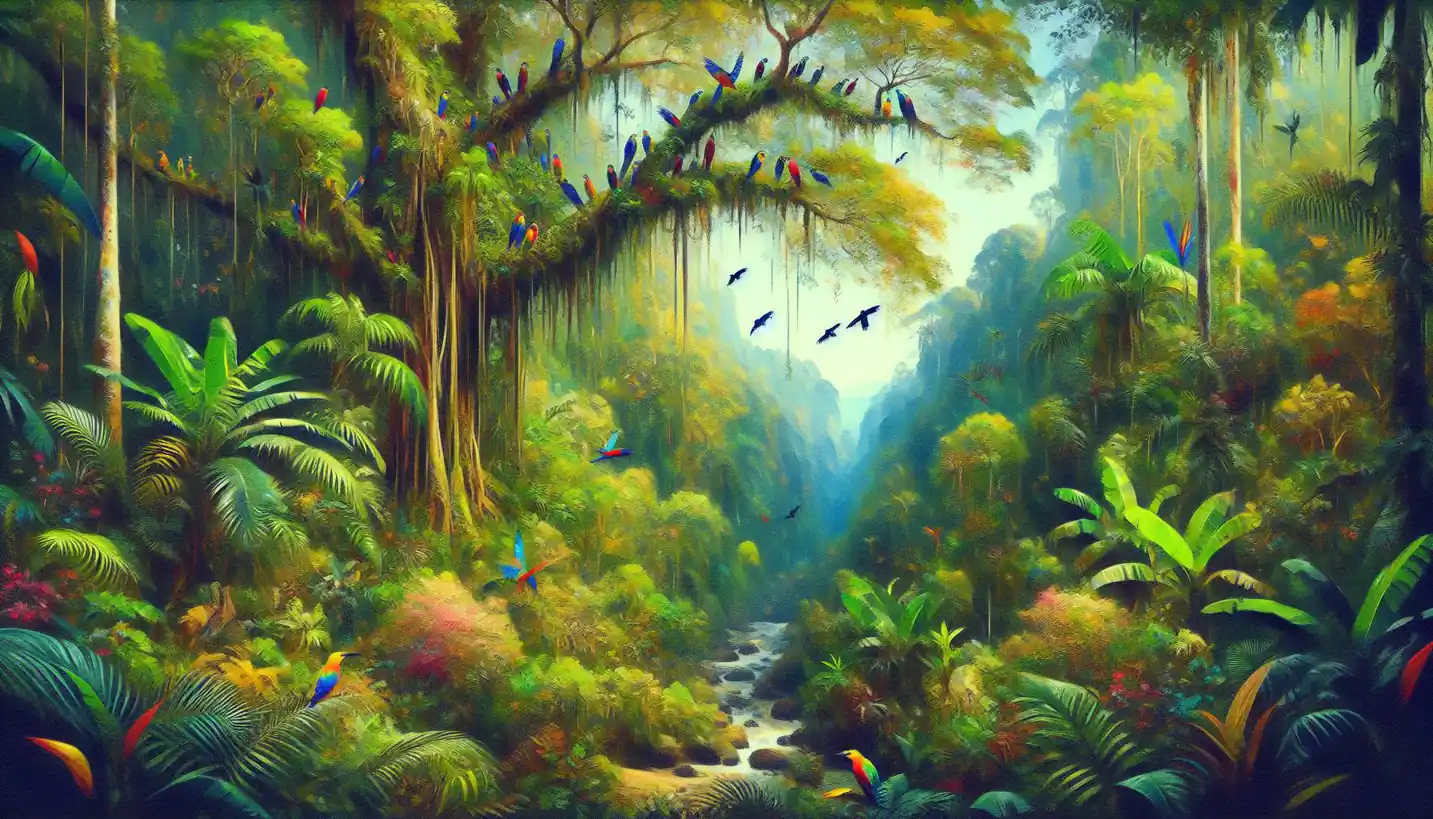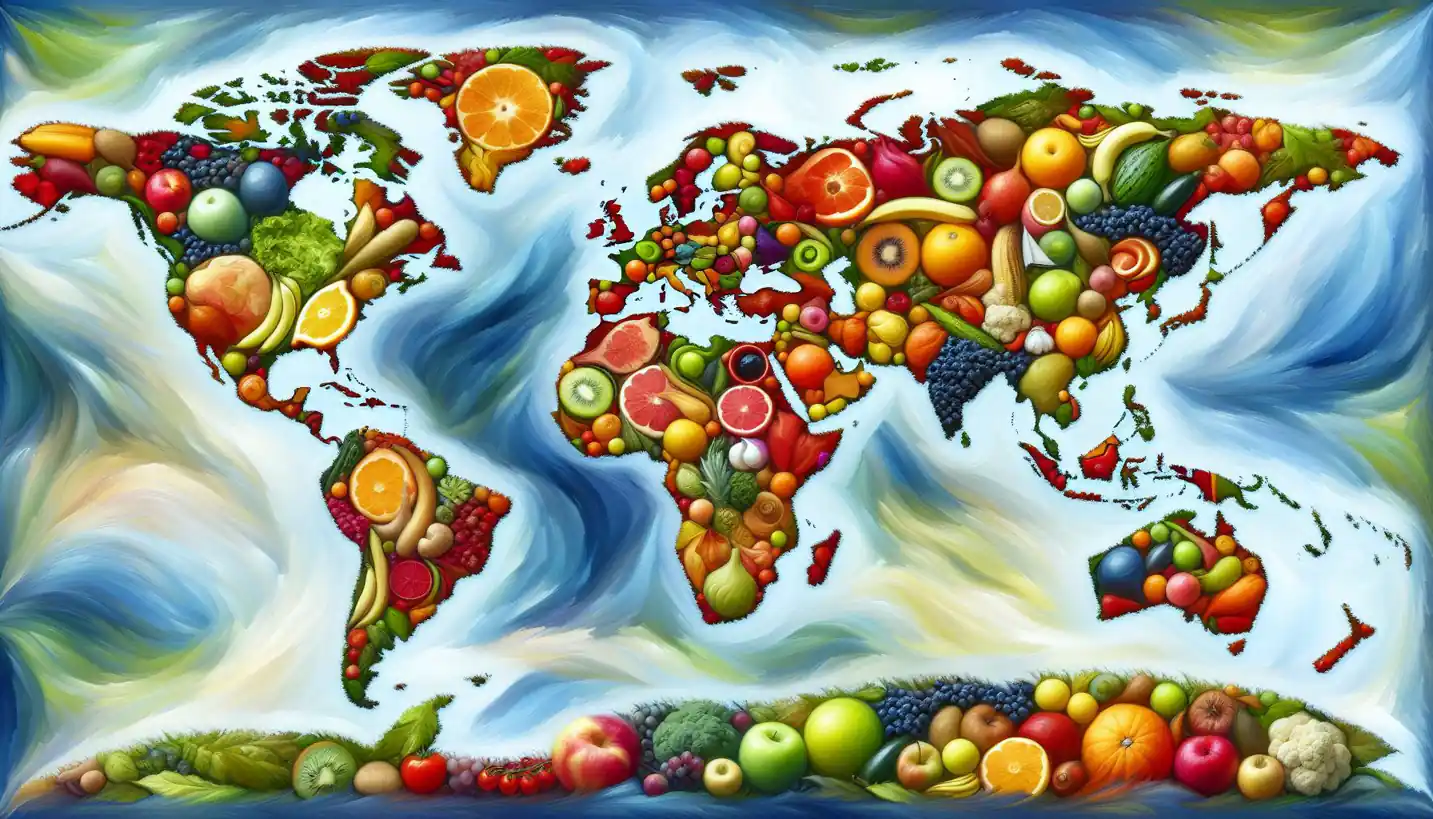
Albedo Effect: Earth's Reflective Shield and Climate Balance
The Albedo Effect is like Earth's reflective shield, influencing climate. Dive into how this phenomenon affects global weather patterns and temperatures.

The Albedo Effect is like Earth's reflective shield, influencing climate. Dive into how this phenomenon affects global weather patterns and temperatures.

Ever wonder how Rossby Waves influence weather systems? Dive into how these atmospheric rhythms shape the climate around us.

Spatial interpolation helps create maps by estimating unknown values from known ones. Discover the fascinating process behind turning scattered data into cohesive patterns.

Edge cities are a testament to modern urban evolution. Uncover how these unique hubs are transforming traditional understandings of urban geography.

Diffusion traces the spread of ideas and cultures across distances and eras. Explore how this fascinating process influences global societies over time.

Seamounts rise from ocean floors, serving as biodiversity hotspots. Journey into these underwater mountains to uncover their ecological significance.

Disturbance regimes are nature's architects, influencing renewal and change in landscapes. Discover their role in shaping ecological processes.

Intermodal transport bridges gaps within transportation networks for smoother journeys. Investigate how this integration enhances transportation geography.

Cognitive mapping in geography maps how we visualize spatial relationships. Explore how these mental maps shape our experiences of the world around us.

Urban sprawl reshapes landscapes, spreading cities outward and affecting everything from commuting patterns to ecological balance.

Ever wonder how mountains shape our weather? Orographic Lift reveals the secrets of how landforms influence precipitation and climate patterns.

Overlay analysis uncovers the many layers of geographic puzzles. Learn how GIS uses this technique to reveal hidden stories.